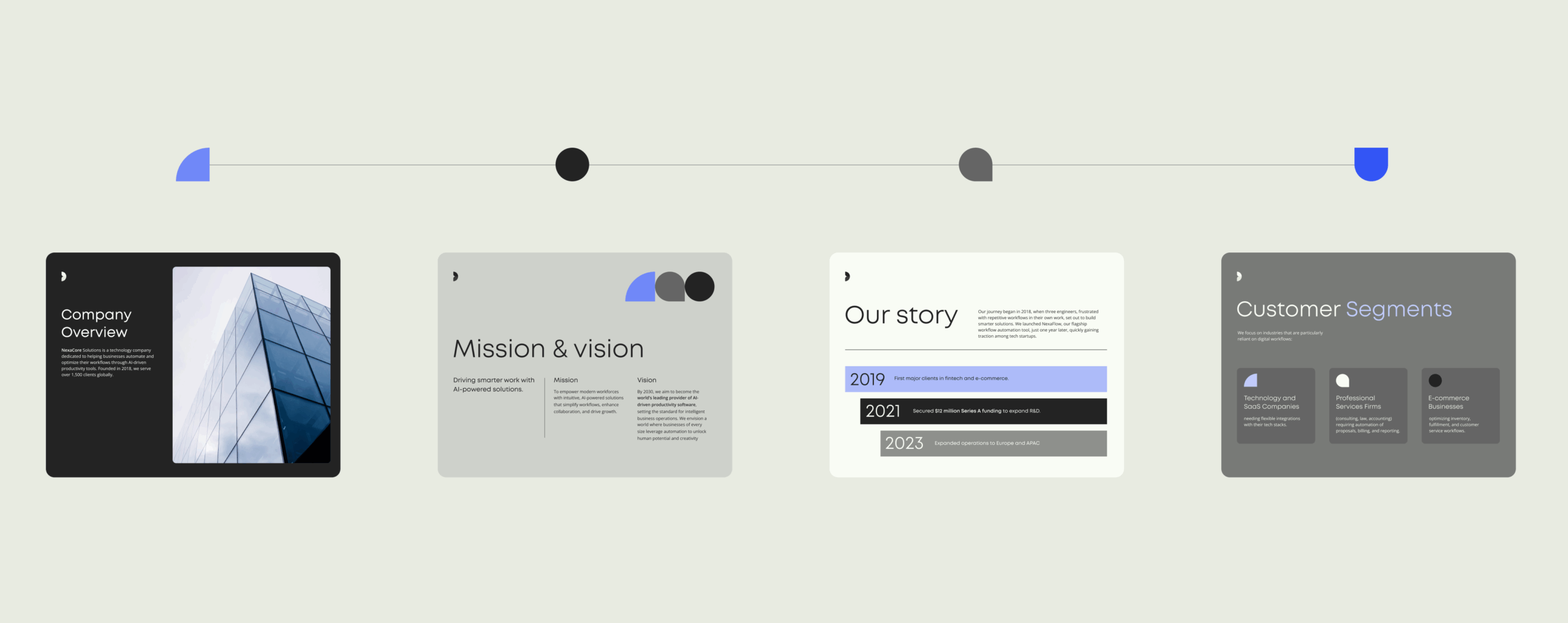Four key rituals to work smarter and be more productive

Productivity is usually not about working more, but working smarter.
Here are four effective and simple rituals to boost your efficiency in the workplace.
1. Do less, accomplish more
Most of us are guilty of multi-tasking in order to stay on top of work, convinced that we’re cutting out time and working more efficiently. But according to research, our brains simply aren’t hardwired to perform too many activities, and doing so leads to poor performance, poor memory retention, and stress. Standford University professor Clifford Nass argues that humans are much better at undertaking activities in a sequence, rather than wasting precious mental energy trying to perform them all at once.
That’s why it’s important to reframe your work approach to tackle one activity at a time. But if a pressing workload leaves you tempted to multitask, try ‘set shifting’ instead. This technique involves deliberately shifting your attention from one task to another, ensuring that you give your full concentration to each. That means both tasks will be performed better, and with fewer mistakes – ultimately saving you time.
Margaret Moore, author of ‘Organize your mind, organize your life’ offers advice on how to cultivate this constructive habit. Meanwhile, another useful alternative to multitasking is to catch up on smaller tasks during the negative spaces in your day – book that flight during lunch, or schedule a meeting while you wait for your computer updates to install. It means you won’t be tempted to tackle these niggling duties when you should be concentrating on a bigger task.
2. Practice prioritizing
Once you accept that it’s a losing game to attempt everything at once, the next step is to cultivate good prioritization habits. An abundance of low-priority tasks can quickly demotivate and disarm you in the workplace, so it’s important to identify your focus. But how do you prioritize when everything feels like a priority?
Many time management experts swear by the 80-20 rule, a principle developed by Italian economist Vilfred Pareto all the way back in 1895.
Applied to time management, it means that 80 percent of our accomplishments derive from 20 percent of our efforts.
Applying this kind of thinking to your time management can also help break the bad habit of dismissing mundane tasks as low priority, and allow you to ask yourself – is it really low priority?
For example, calling a client may not feel like a critical priority if the specific phone call doesn’t immediately result in an order, but if it lays the foundation for an important business relationship then it has a huge impact. In this way, the 80-20 rule can help you align your daily activities with your long-term goals.
A time tracker such as Toggl also helps you identify how long you are occupied with a task, allowing you to gauge whether the time spent on the activity is yielding the greatest return on your effort, and to class it accordingly.
3. Work to your own cycle
Now you’ve got your time management sorted, it’s time to turn to energy management. While a nose-to-the-grind attitude may feel like the most effective way to tackle a mountain of work, working in tandem with your body clock will leave you both happier and more productive. That means taking more breaks, as without them, our brains grow tired and we become distracted.
Many experts swear by working in 90 minute blocks, followed by 15 minute breaks, as a way to reset our attention spans and reframe our focus. According to research, this block approach syncs more closely with our natural energy cycles, identified as ‘ultradian rhythms’ by psychophysiologist Peretz Lavie.
Just like pushing through the burn during a 30 minute session on the treadmill, this method is also a great motivator. When you’re hyper-aware that the session will only last a specific amount of time, you’re more likely to throw yourself completely into a task and operate at peak levels.
4. Spring clean your digital workspace
Then there’s what’s in front of you. Piles of paperwork may no longer be a daily office reality, but our digital desks can quickly become cluttered with desktop files. This both slows down our computer systems and can leave us feeling overwhelmed. Logging in to a clean, digital workspace is a great way to cultivate an organized mindset and boost your efficiency, so it’s important to take the time for a periodic spring clean.
Folders are your friend when it comes to tidying a desktop and collating files into specific groups. Sub-folders, such as ‘work in progress’ or ‘final’ can also help keep track of workflow.
Meanwhile, a file-naming system will make it easier to search for documents. Alphabetizing is one method, while relying on client names or project titles are useful ways to organize documents. The most important thing is to be consistent with labeling, meaning that stray files are easily caught and allocated to the right spot during your routine clean-up.
As for overflowing email accounts, try the ‘inbox zero’ approach and keep your inbox empty – or as close as possible to empty – at all times. The concept was developed by productivity expert Merlin Mann, who elaborates on the method in this video.
Some of these practices may feel counter-intuitive, but the key to cultivating good habits is consistency. Once you get over the initial shock of working to a new routine, you’ll be surprised by how much more you can achieve.
Want to get more done at work, with less frustration? Templafy can help.


